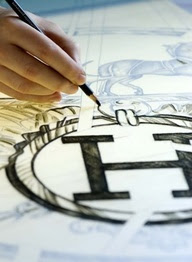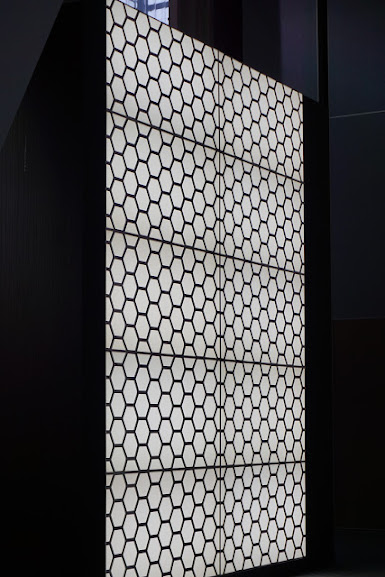Why In Design Column- the Beautiful Majolica Earthenware
MAJOLICA EARTHENWARE
Majolica is a colorful and bold pottery first formally produced in Staffordshire, England beginning around 1850. Its name was taken from the earlier tin-glazed Majolica ware made in Italy and Spain in the fifteenth and sixteenth centuries. Majolica pitchers and tea sets were made in various shapes, from fish to cauliflowers. Umbrella stands and fountains are the most voluminous and available. This brightly colored, coarse tin-glazed earthenware became very popular during the Victorian era in England.
The process of making Majolica consists of first firing a piece of earthenware, then applying tin enamel and upon drying it forms a white opaque porous surface. The lead and tin glazed process begins with creating an opaque white film that is painted on the porous surface. While attending Parsons School of Design, I worked at a lovely antique store on Lexington Avenue that had an extensive collection of Majolica, specifically English pieces. It amazed me how all the interior designers and collectors would pay such high prices for this pottery, but after dusting off these pieces day after day, I also became enthralled with the distinct styles of it.
During the Victorian era in England it was popular to hang Majolica plates attached to wire baskets. The Majolica was used with wire baskets to serve fruit, at a low or high tea, and after dinner with cheese, crackers or cakes and wine. Most Europeans did serve fruit as a dessert after the main dinner, and fruit was a luxury due to a lack of refrigeration (back in the day). The designs of oysters, lobster and other extravagant food details reflect the opulence of the social gatherings during the Victorian times. Sometimes the plates have raised intricate raised designs showing fruit and animals, and a love for the outdoors to bring to the table. Minton's lead and tin glazes were impermeable to damp English weather: many pieces, in the shapes such as cache pots, urns, fountains, umbrella stands for large birds and animals, were made for the garden or conservatory. The Victorian dinner table highlighted the growing Victorian interest in culinary variety: oyster, crab and lobster plates and fish platters were made in great numbers. There were game designs illustrating the contents of the game dish, humorous and bizarre tea pots made for conversation at tea parties, cheese bells with placid cows as finials, and strawberry serving dishes and spoons used at strawberry-time. Pitchers of every size and every naturalistic design poured water, milk, and cream.
Majolica came to the United States during the very popular Centennial Exposition in Philadelphia in 1876. The Majolica craze spread to the United States and after production started here, many Victorian housewives collected Majolica across the country. The American Majolica is often referred to now as Etruscan Majolica. Many of the pieces were made using adornments of animals, crustacean, seaweed, seashells, flowers, vegetables and fruit, all of which were applied as tiny sculptures layed on top of the bowls, dishes, pitchers, plates, cups, giving it a very unique appearance.
Almost every country, from Italy to Portugal has their own form of Majolica Earthenware. In the United States, the shell and seaweed pattern became the most popular and helped to establish Griffen, Smith and Hall as the primary American makers of Majolica. The company closed in 1893 due to a combination of fire and changing consumer tastes. Ironically, the American Majolica fetches the steepest prices of all this earthenware due to a limited amount of products














